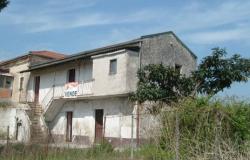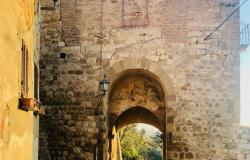Demand is holding up in the southern Italian capital and on the sought after resorts of Ischia, Sorrento and Capri, where prices are comparable to those in Monaco and the French Riviera
 The Roman called it Campania Felix, prosperous Campania. Today, the nickname seems very appropriate since the Southern Italian region appears to be weathering the property crisis, particularly in the perennially sought-after resort of Capri.
The Roman called it Campania Felix, prosperous Campania. Today, the nickname seems very appropriate since the Southern Italian region appears to be weathering the property crisis, particularly in the perennially sought-after resort of Capri.
A report published last week by local property magazine Il Mattone, in association with estate agents bodies FIMAA and FIAIP, analyses property values in Naples and the surrounding province for the first semester of 2009. It shows that the market is holding up or, at worst, declining gently. In Naples, values have gone down by no more than 5% since the end of 2008. Prestige homes have remained stable, especially in favoured city centre locations. And in some areas, such as the Vomero, prices have actually gone up.
In Naples, values have gone down by no more than 5% since the end of 2008. Prestige homes have remained stable, especially in favoured city centre locations. And in some areas, such as the Vomero, prices have actually gone up.
"Since the beginning of the crisis, the market has declined by a total of 10-15%," says Mario Condò de Satriano of FIAIP. "We no longer have to fear a crisis of the calibre we faced in 1992, when sales dropped suddenly and dramatically. Now, the market is stabilising."
Naples' historic centre in particular offers good opportunities for investors, according to the report. Outside the city, values have declined a bit more—to the tune of 10%—but not in popular resorts, which are holding up extremely well. Demand remains steady for properties on the island of Ischia and along the Sorrento peninsula. In some of the peninsula's best locations, prices have reached the level of France's Côte d'Azur.
Outside the city, values have declined a bit more—to the tune of 10%—but not in popular resorts, which are holding up extremely well. Demand remains steady for properties on the island of Ischia and along the Sorrento peninsula. In some of the peninsula's best locations, prices have reached the level of France's Côte d'Azur.
And Capri, which continues to be in huge demand despite the crisis, is seeing values that are comparable to Monaco, with homes sold at more than €20,000 per square metre.
Both FIAIP and FIMAA believe that Campania could be doing even better, though, if only credit became more widely available.
"Seventeen years ago, a dramatic devaluation of the lira and a huge rise in the cost of money brought mortgage interest rates to 16%, deepening the recession. Today, there is no devaluation, and the cost of money, even at the worst of the crisis, has never gone beyond 7%," says Condò de Satriano. "If banks loosened the purse strings, and started funding families once again, sale volumes could rise rapidly, returning to 2006 levels."













